This project draws inspiration from the pre-design process of architects and aims to apply similar methodologies to apparel design. By utilizing computational tools and techniques, my research explores the potential of analyzing the human body in a way that architects analyze a site for a new structure. This approach involves collecting data and employing photogrammetry, texture mapping, and algorithmic decision-making to unlock new possibilities for creating tailored and functional garments that cater to the unique needs and characteristics of individual bodies.
Photogrammetry
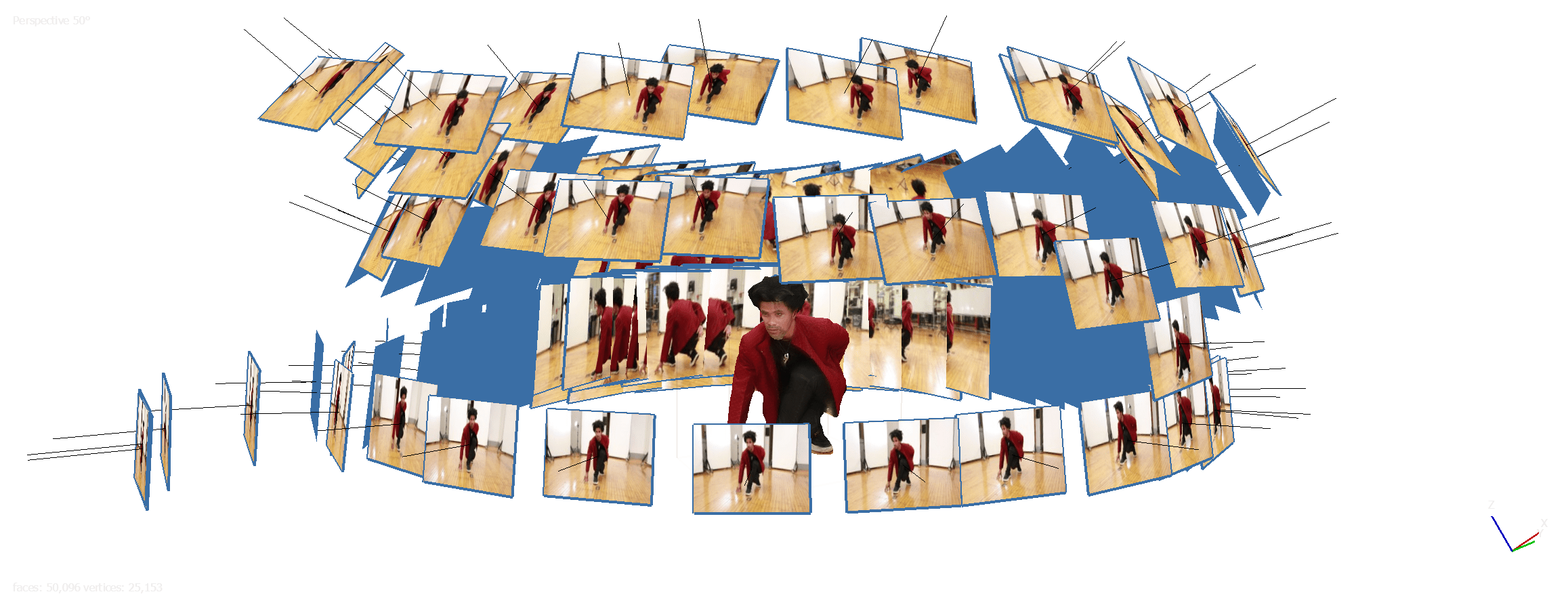
Using photogrammetry, I captured videos of myself from different angles and processed the frames with Agisoft Metashape software to create a precise digital representation of my body. Although the models I created were not flawlessly accurate due to my limited experience, photogrammetry proved highly effective in capturing the intricate details and nuances of the physical body, offering a more faithful representation of the human form. With further refinement and development, this technology has the potential to provide designers with essential information about the body, its proportions, and unique features.
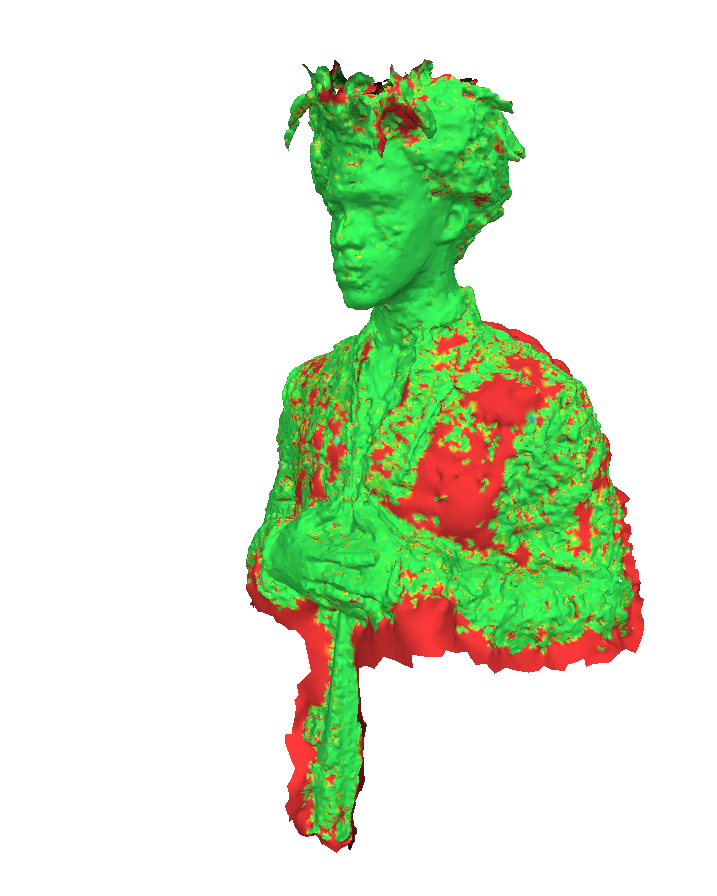
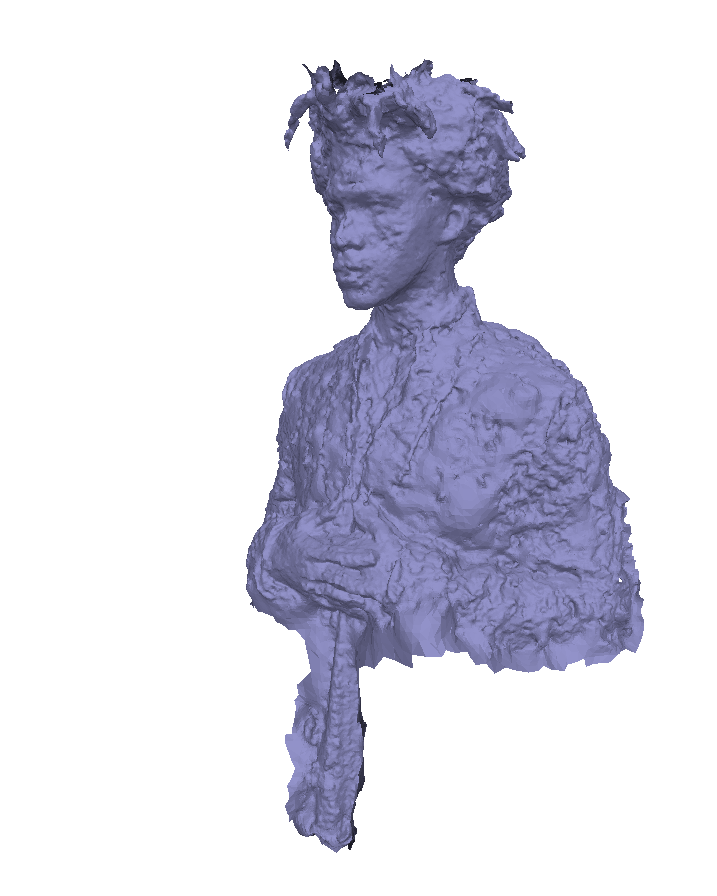
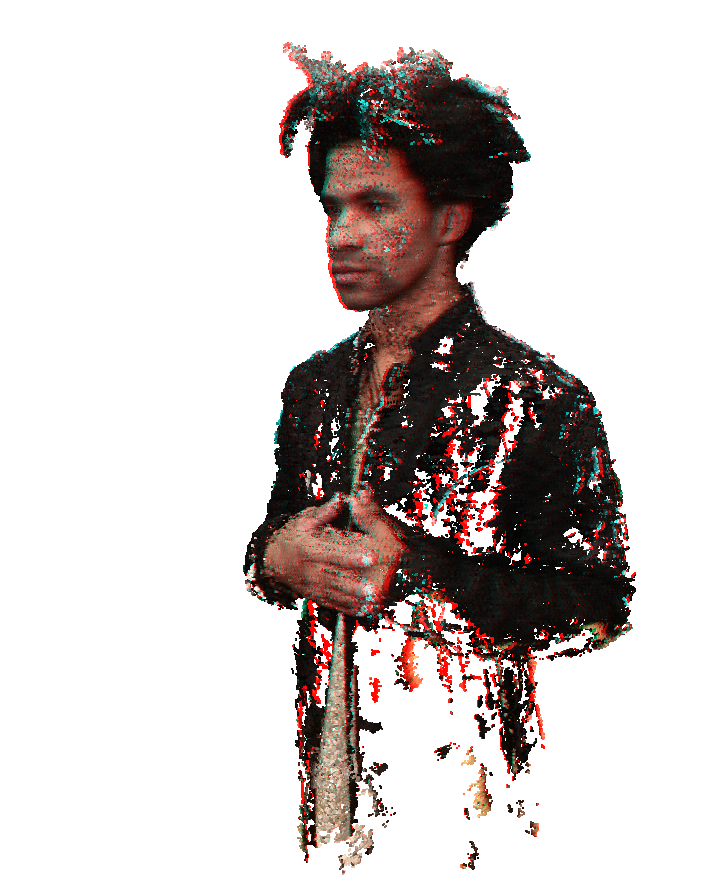
Algorithmic Data Processing
The digital avatar I parametrically generated in CLO3D aided in further exploration. This model serves as a platform for storing additional body-related information. Through texture maps, data points such as heat radiation, sweat gland activity, and range of motion can be visually depicted on the avatar's surface. My research focuses on developing an algorithm that assigns weights to these data points, enabling designers to effectively prioritize their design objectives. By employing data-informed methodologies, I aim to empower designers and engineers to create textiles and garments that meet specific performative needs.
To accomplish this, I explored the unwrapping and flattening of the digital avatar to create a UV map for texture mapping. Challenges arose in adequately flattening high-curvature areas of the model within the given time constraints. To fill the texture maps with data, I manually painted them, using hues and alpha values to represent different data types and quantities. Drawing inspiration from Multi-Objective Optimization (MOO), I developed an algorithm that evaluates the scores of each texture map at each location on the body and selects the one with the highest score to create a new flattened texture map.


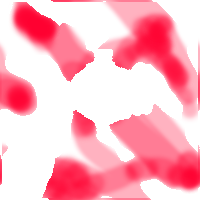
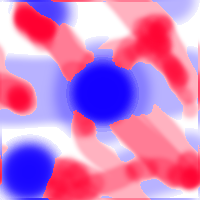
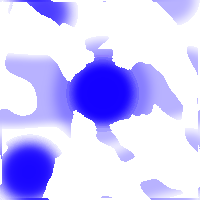
Building upon this work, I look forward to refining the scoring system and uncovering more relationships overlapping data on the texture map. Future research could explore the application of the Non-dominated Sorting Genetic Algorithm II (NSGA-II) for a more sophisticated approach. This would provide a better understanding of the relationships between data types and their importance in designing garments and textiles that respond to the unique needs of individual bodies.